Greetings,
Seldom I am being asked to recommend a headlight, and the requirements are not so unreasonable - it has to be high quality, reliable and not expensive. That’s not too much to ask, but most of the affordable lights are using 18650 cells - that are more expensive and require a purchase of a dedicated charger. The headlight that I am about to review this time is the answer to all those that would like a reasonably priced high quality flashlight, that does not require investing and moving into li-ion era.

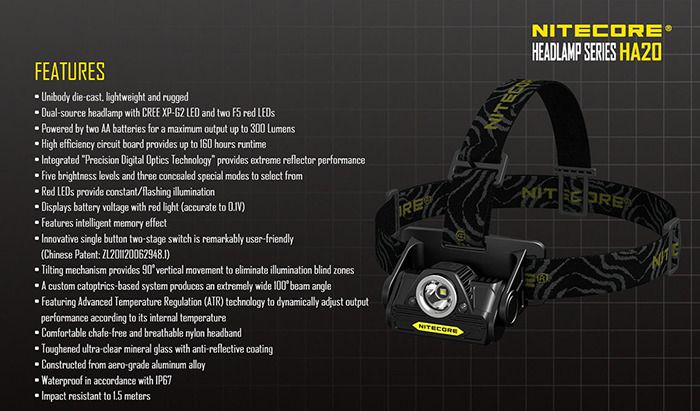
So, what is special about this flashlight?
1. Powered by two affordable AA batteries.
2. The price at the date of the review is 42$.
3. Thermally regulated power management, not simple time-based step-down.
4. Additional red led’s that are being used for lighting and also as a voltmeter.
Shall we begin ?
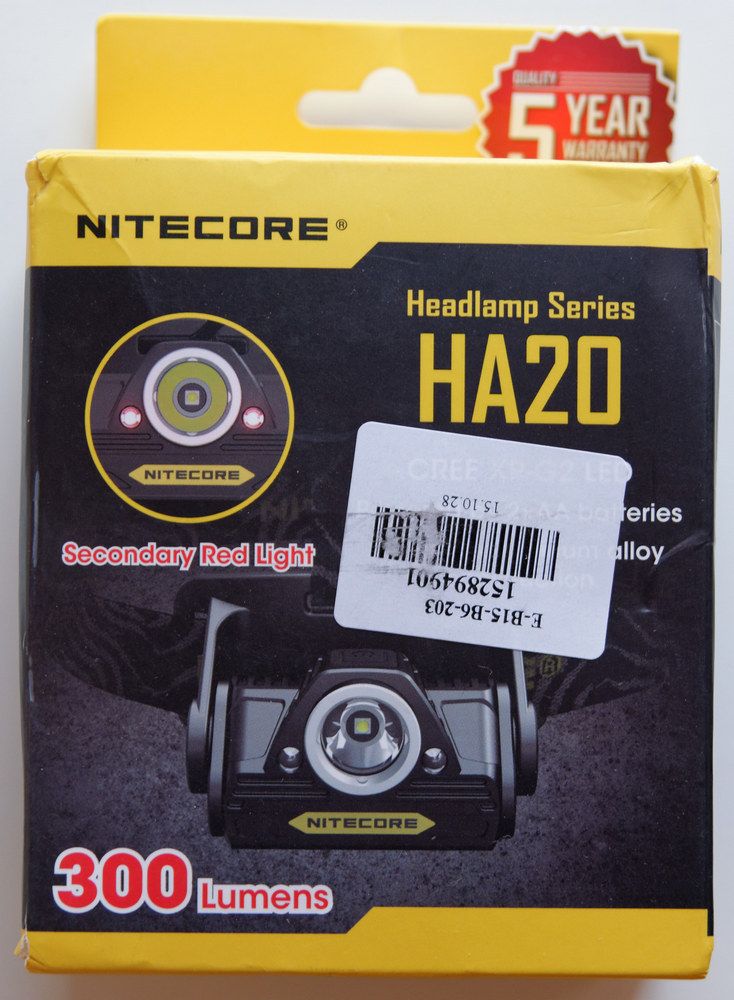

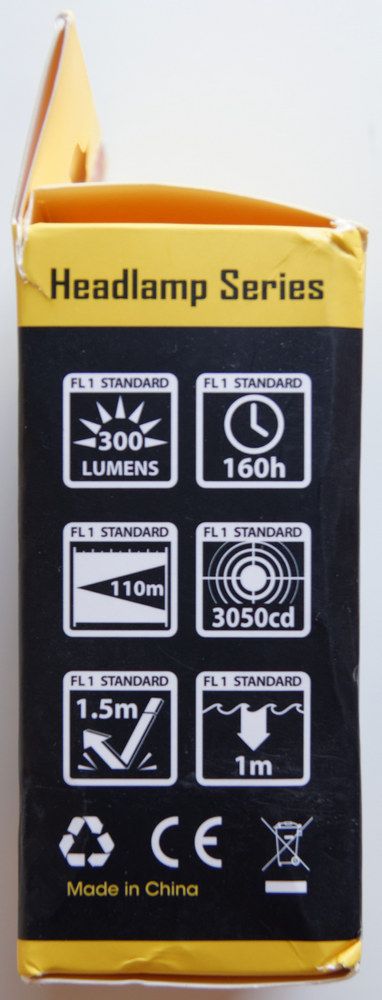

Like other Nitecore lights, the HA20 comes in a little carton box, in classic black-yellow Nitecore colors.
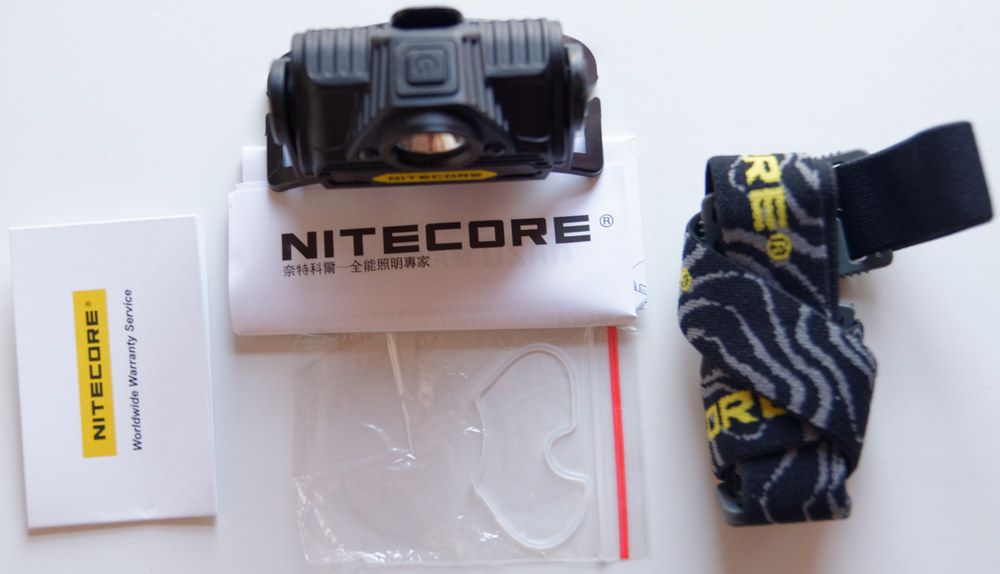
Not much bundled accessories, but all the necessary stuff is there
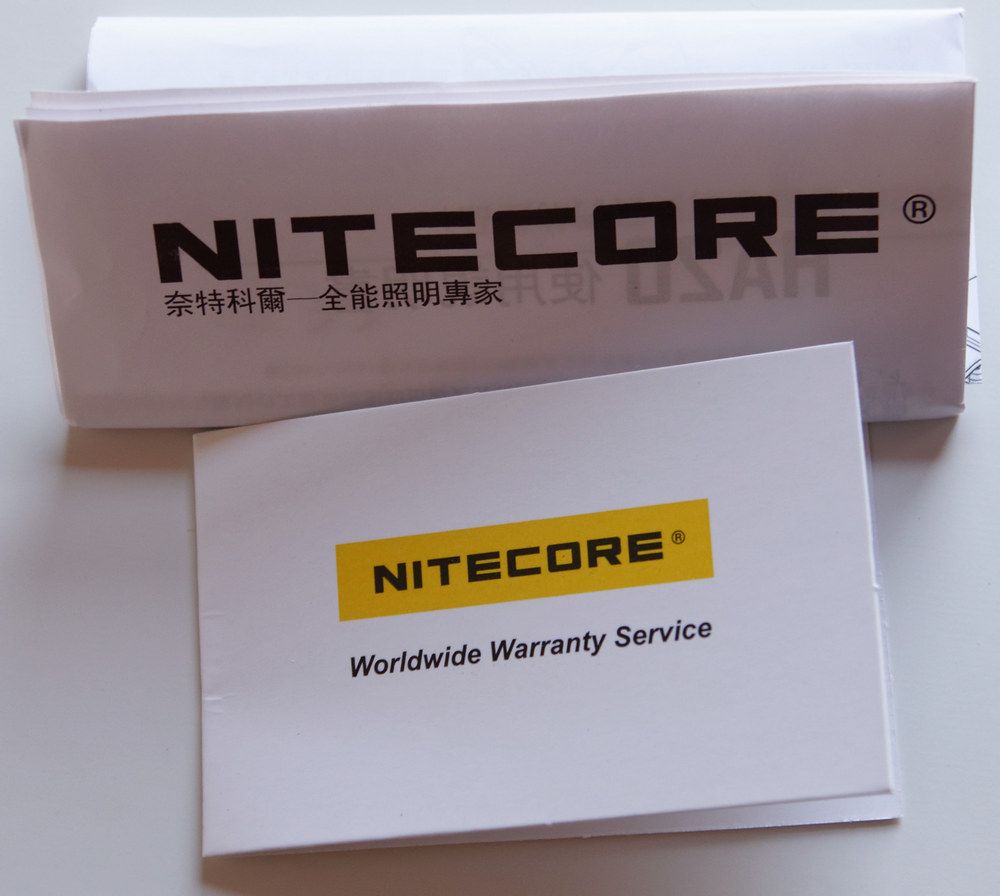
User manual (in Chinese language only), the warranty card
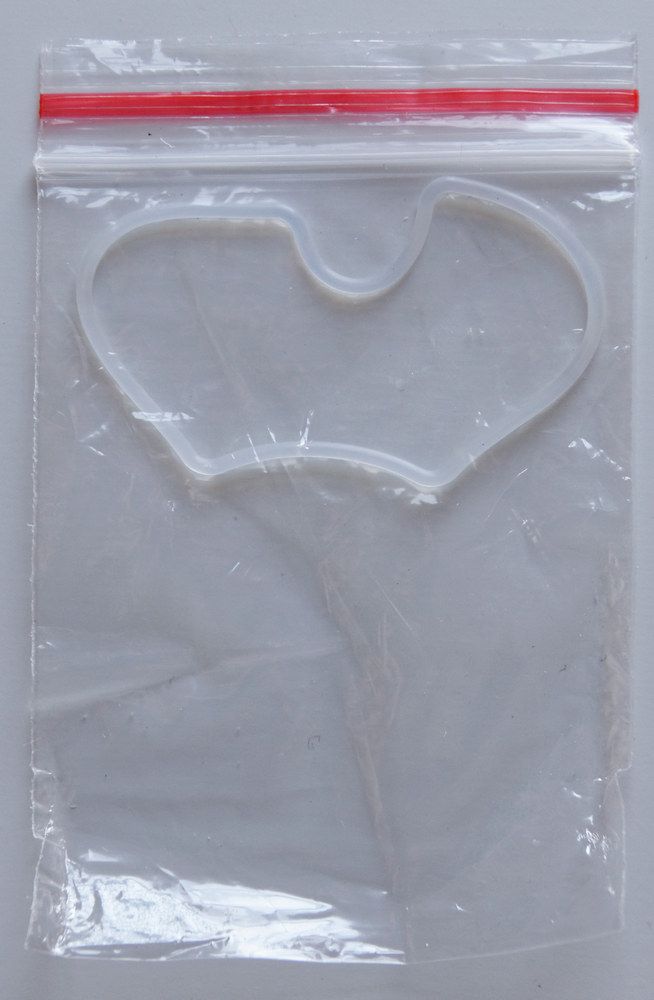
Silicone o-ring


Elastic bands that actually make this flashlight a headlight. The headlight can be attached with one or two bands, but I would recommend using both, because of the size of the headlight.
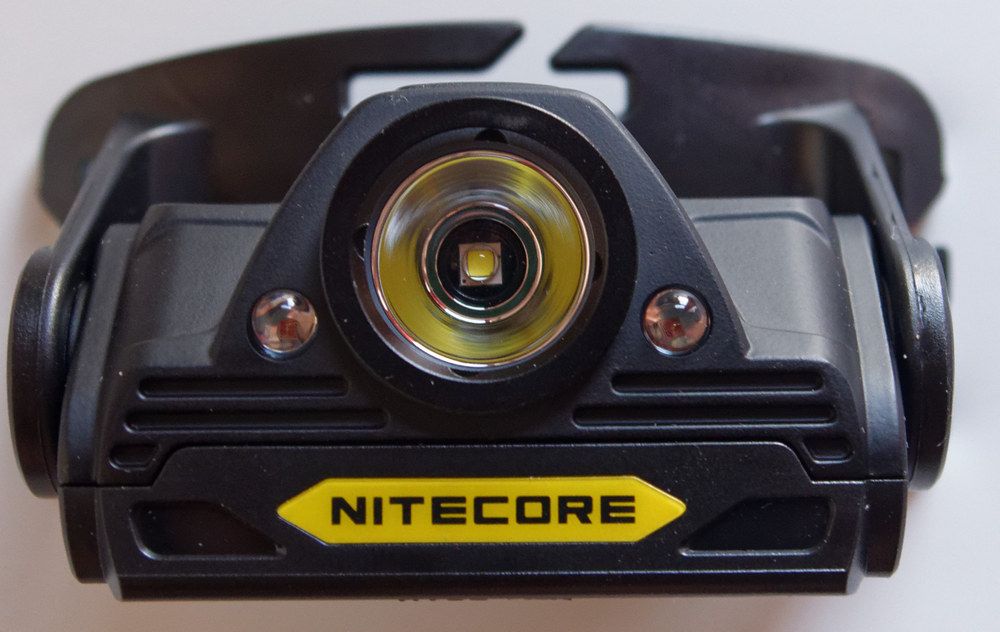
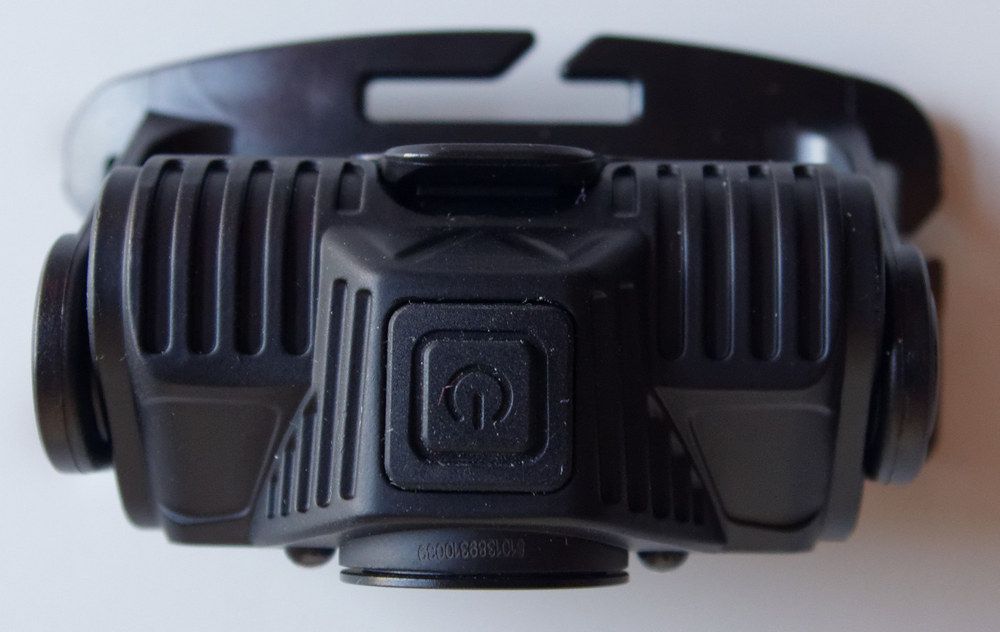

Here is it. As expected from a headlight from respectable brand, no quality issues here. The headlight feels very solid. The lighting angle does not change by itself after it was chosen.
The headlight comes without any bands attached.


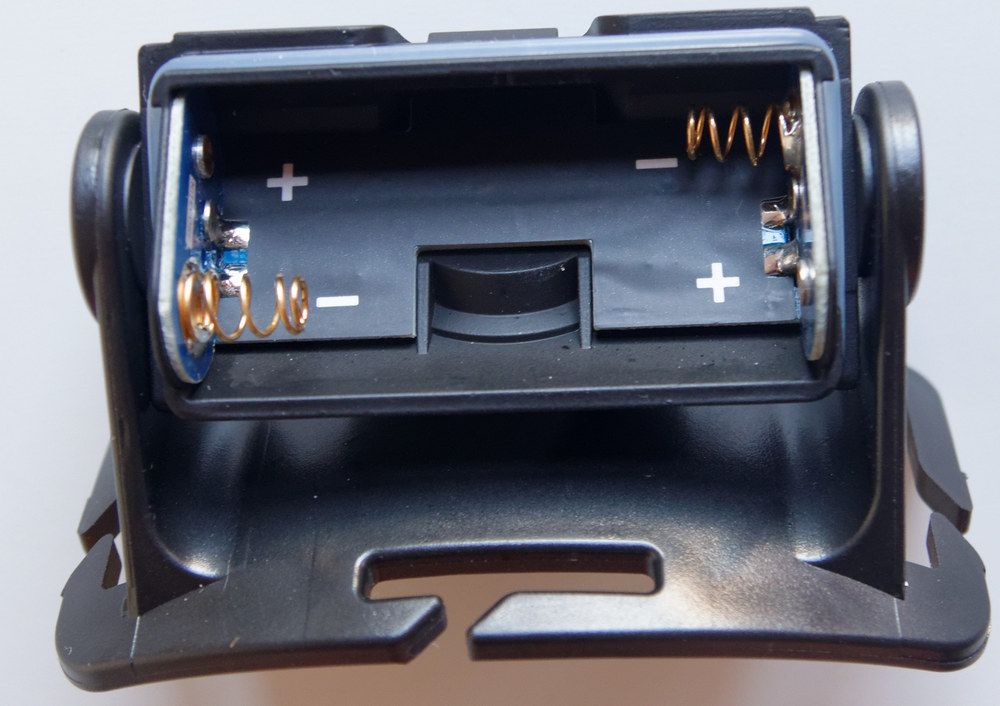
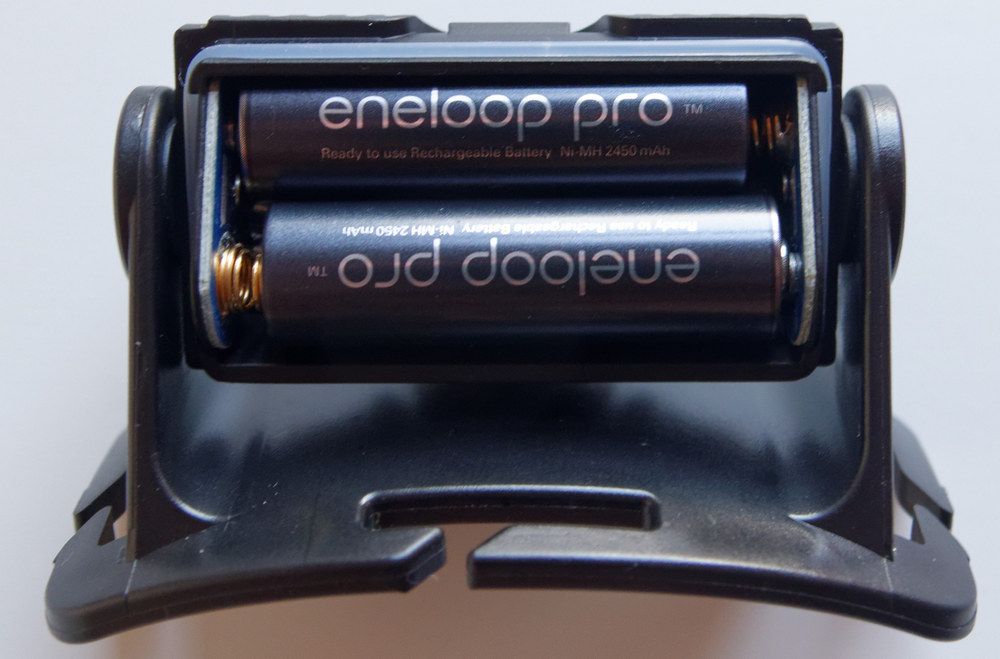
The battery compartment cover is made from plastic, a very solid and massive one, and so is the plate that sits against your head and holding the elastic bands. The headlight itself is made from solid piece of aluminum, a uni-body construction.
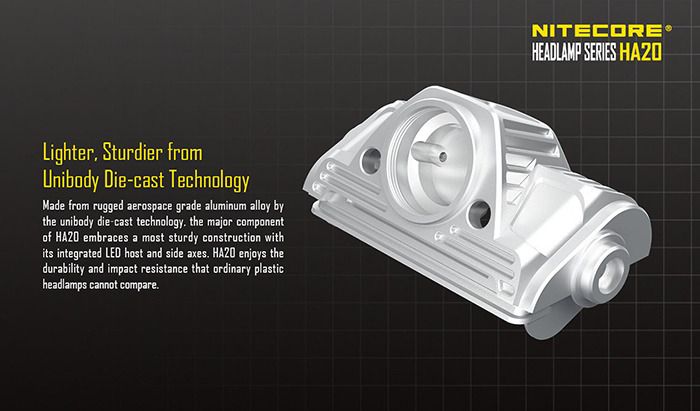
Uni-body, Nitecore illustration
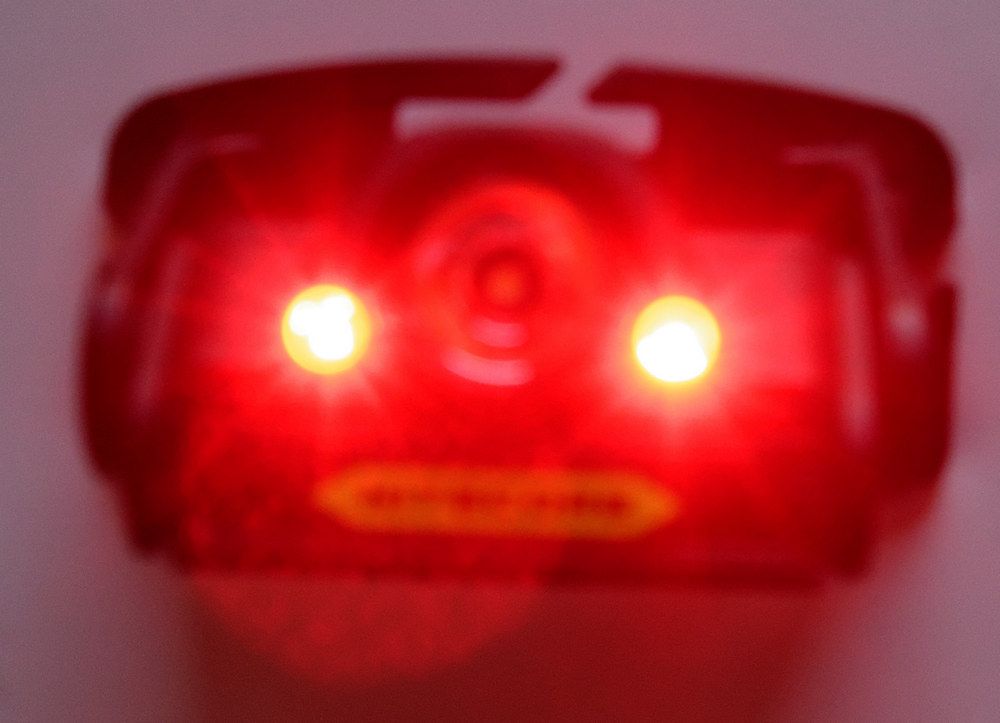
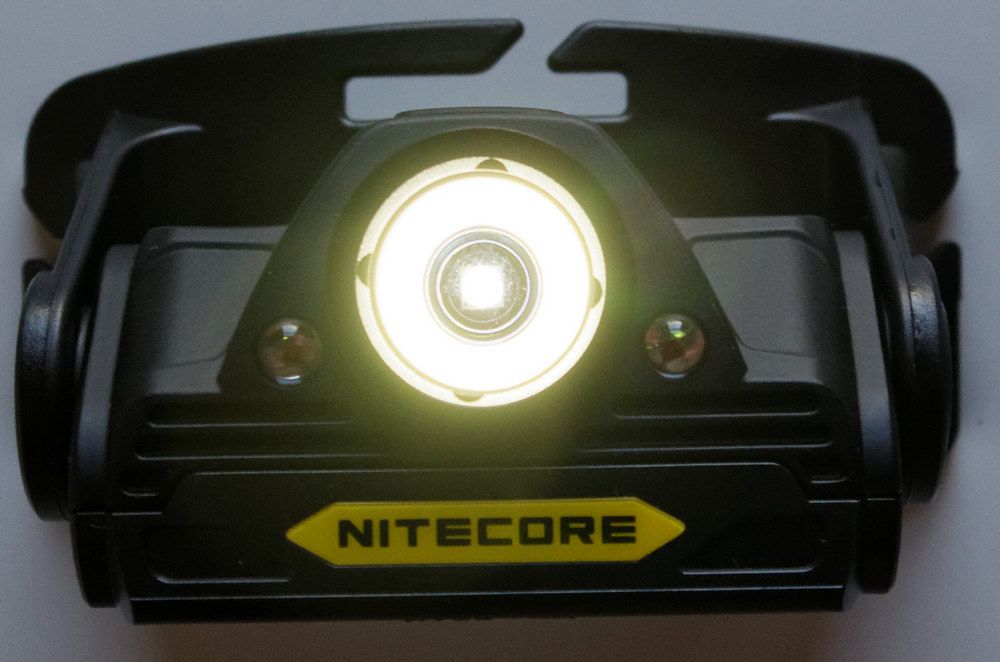


Here it is in action.
Regarding the UI and modes …
The flashlight is being controlled by a two-position key (like the one used in cameras and some Nitecore flashlights as well). There is half-click and full click.
1. After installing the batteries the red led’s indicate the batteries voltage. They do it in a series of blinking. For an instance 2 blinks, pause and 8 more would indicate a 2.8 volts batteries voltage.
2. A half-press will make the red led’s blink 3 times. Holding the button will make them light steady. Another half-click will make them slowly blink. A full click will turn the flashlight off.
3. A full click will turn the flashlight on in the last mode it was before being turned off. Short half-clicks will switch modes in an order of minimum~~brighter>brighter…maximum~~>minimum. Holding the button in half-click position will switch the flashlight to turbo mode instantly. A full press of the button and hold will switch the flashlight to a slow strobe mode. A half click will switch it to a “location beacon” mode, and another one to SOS and slow strobe. A full click will turn the flashlight off.

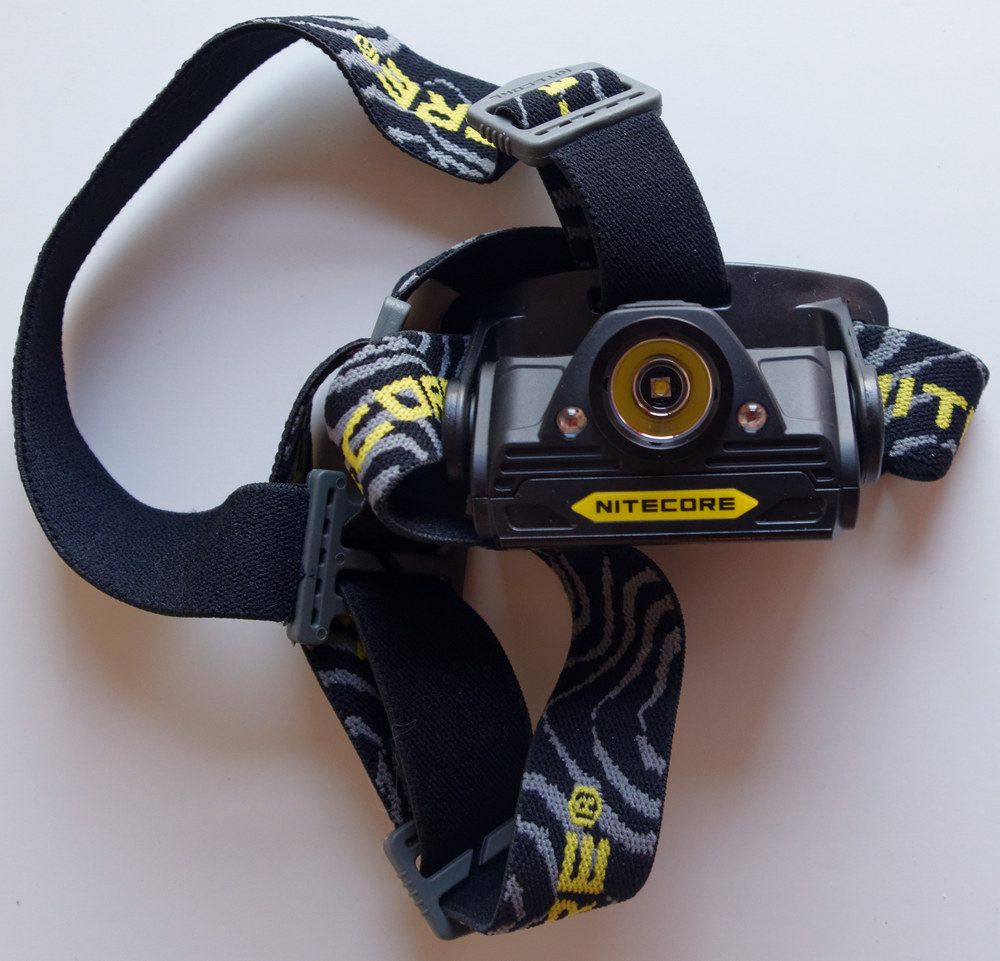
As I noted before, you can attach one or two bands, I personally recommend using both.
So, let’s see it in action


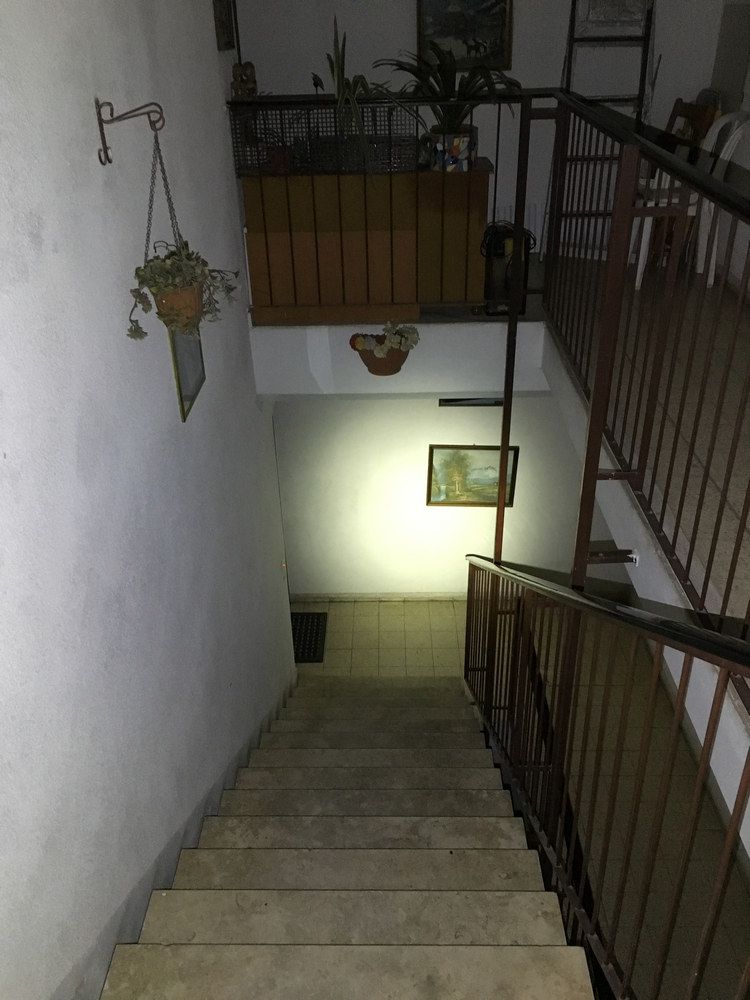
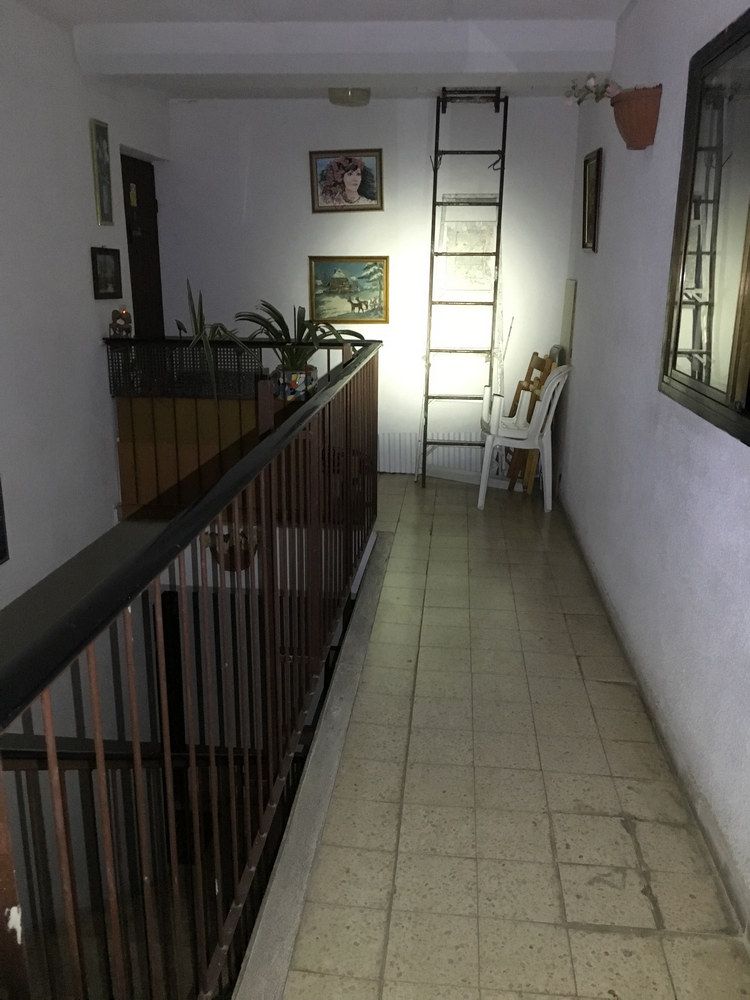
No problems detected, a pure cold white light with a strong side-spill, as expected from a shallow reflector.
Some numbers

Not a thrower, but it was not expected to be such …
Final words, conclusion
A great flashlight. I did not find anything wrong with it during testing.
The flashlight was provided for review by www.gearbest.com
————————————————————————————————————-
Questions? Requests? I would be happy to assist.